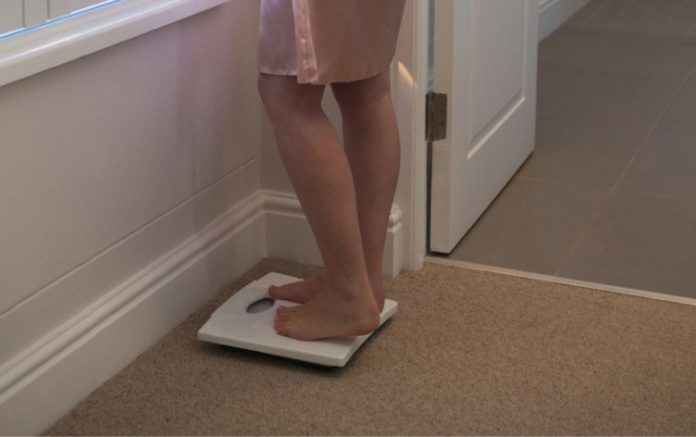
Where You Gain Weight Depends on Several (Uncontrollable) Factors
Our bodies tend to favor storing fat in certain places over others. How and where we store fat depends on many different factors including gender, height and weight, as well genetics and how many adipocytes (fat cells) we have in certain areas of the body.
Men and women store fat differently; it’s likely why we gain or lose pounds or inches differently, too. Age, stress, hormone balance, genetics and lifestyle all play a role as well. To better understand why some of us have a tendency to gain weight in our bellies while others tend to store more fat in their thighs, let’s take a deeper look into how, where and why our bodies store fat in the way they do.
GENDER AND ACTIVITY
Our sex hormones — estrogen and testosterone — play a big part in fat storage and are the reason men and women have such different body shapes. Overall, women tend to have a higher percentage of total body fat — on average about 7–10% more than men. Women also tend to store more fat in their “gluteal-femoral” region (aka hips and thighs), whereas men tend to have more visceral fat (aka belly fat) and are more likely to store fat in their abdomen.
Testosterone has a large influence on body fat composition and muscle mass. As men age, their testosterone levels begin to decrease. It’s no coincidence that around the same time testosterone levels decrease, those beer bellies are more likely to emerge. The same is true for estrogen in women. Estrogen helps regulate metabolism and body weight. As women age and go through menopause, estrogen levels decrease; metabolism subsequently slows down and it’s harder to maintain weight.
Both men and women also generally become less active and able to do certain high-intensity workouts as they get older. Not getting enough regular exercise and losing muscle mass can translate to weight gain.
INSULIN
Insulin is another fat-regulating hormone released into the bloodstream after we eat to help lower blood sugar. It works by transporting glucose out of the blood and into our body’s muscle, fat and liver cells to be stored as glycogen and used as energy. However, the body has a maximum capacity on glycogen storage and once that capacity has been reached, it shifts into fat storage. In other words, insulin decides whether or not extra glucose gets stored as fat. If we lower the amount of sugar and refined carbohydrates in our diet, we lower our chances of maxing out our glycogen stores and needing to stockpile our fat stores, leading to less fat storage overall.
TYPES OF FAT
There are two types of fat — subcutaneous (more obvious to the naked eye, located directly under the skin) and visceral fat (located in the abdomen that surrounds and pads the spaces between our vital organs). You can grab subcutaneous between two fingers (under the arm, between the thighs, etc); visceral fat, however, is much more difficult to detect and see with the naked eye and is more dangerous; it’s linked to increased risk for heart disease, Type 2 diabetes and even certain cancers.
People with “pear” body shapes tend to store subcutaneous fat in the lower extremities (hips, thighs, buttocks). Those with “apple” body shapes tend to store visceral fat in the upper region (belly and chest). Even if you’re thin you can still have visceral fat around the belly region.
WHY YOU CAN’T SPOT REDUCE FAT
You have likely realized you can’t pick and choose where you lose fat first since genetics, along with the factors mentioned above, determine those locations. While you can try to “target” subcutaneous fat by doing more pushups, core exercises and squats, you can’t directly target visceral fat, which is the one you technically need to try to lose first. The good news is visceral fat is often the easiest to lose and there are several strategies you can employ to lose weight and improve your health overall.
HOW TO LOSE WEIGHT AND KEEP IT OFF
Rather than focusing on losing weight in one specific region, create healthy habits that allow your body to reach a weight and shape that’s healthy and sustainable for you individually:
- Eat a varied diet.
- Emphasize whole foods, fresh veggies, fruits, lean proteins, healthy fats and complex carbs.
- Move your body regularly (150 minutes per week is recommended for weight loss).
- Keep stress levels low (stress has been linked to weight gain).
Get quality sleep (a lack of sleep can harm blood sugar levels and create cravings for high-sugar foods).












